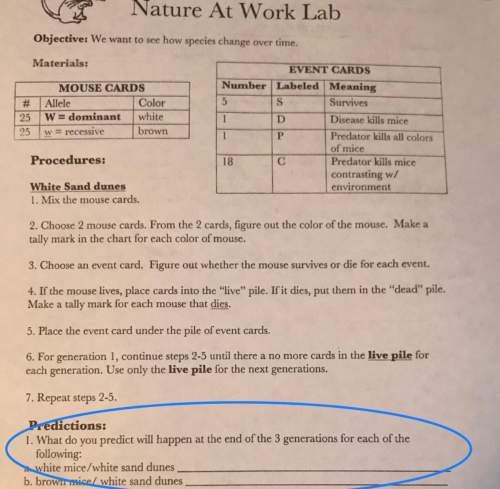
Biology, 20.11.2019 21:31 goldwinner300
The half-life carbon-14 is 5730 years. archaeologists dig up a seed that contains 0.25 parts per trillion of carbon-14. if it originally contained 1 part per trillion carbon-14, how old is the archaeological specimen?
a) 11,460 years
b) 5730 years
c) 17,190 years
d) 22,920 years
e) 28,650 years
how do you get 11,460 which is the answer of to this problem?

Answers: 2


Other questions on the subject: Biology

Biology, 21.06.2019 22:20, cjs39
Which best compares habitat and niche? o niche is a place in which organisms live, and habitat is the way in which an organism fits into its habitat. o habitat is a place in which organisms live, and niche is the way in which an organism fits into its habitat. habitat is a group of organisms that live in an area, and niche is a specific species that lives in that areao niche is a group of organisms that live in an area, and habitat is a specific species that lives in that area.
Answers: 2



Biology, 22.06.2019 05:00, Foxfire5109
Identify the examples in which sam interacts only with natural resources
Answers: 2
You know the right answer?
The half-life carbon-14 is 5730 years. archaeologists dig up a seed that contains 0.25 parts per tri...
Questions in other subjects:









Mathematics, 29.06.2019 16:30

Mathematics, 29.06.2019 16:30




